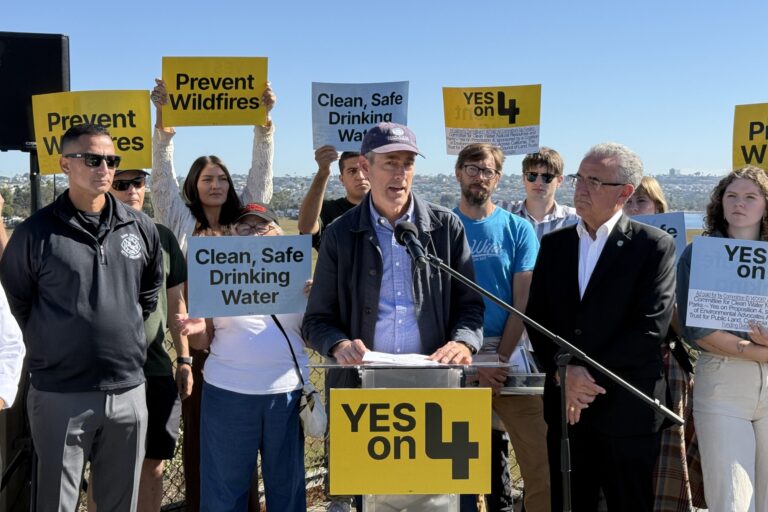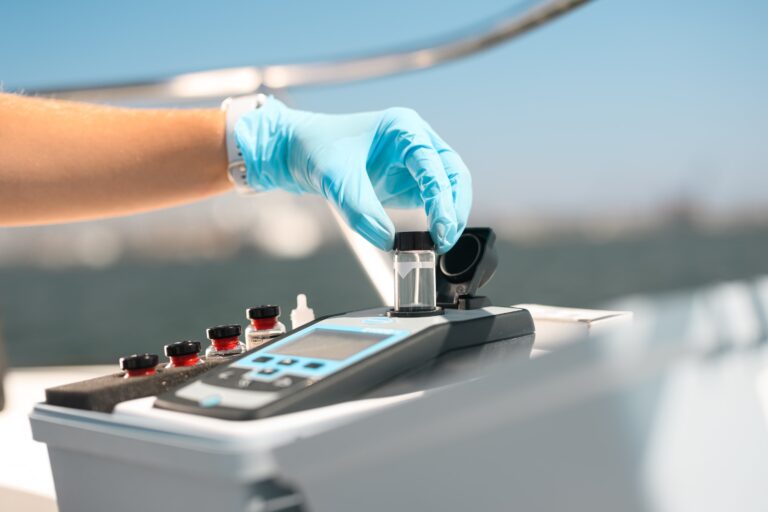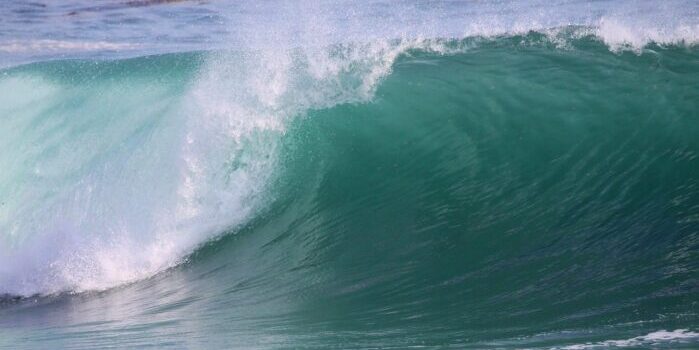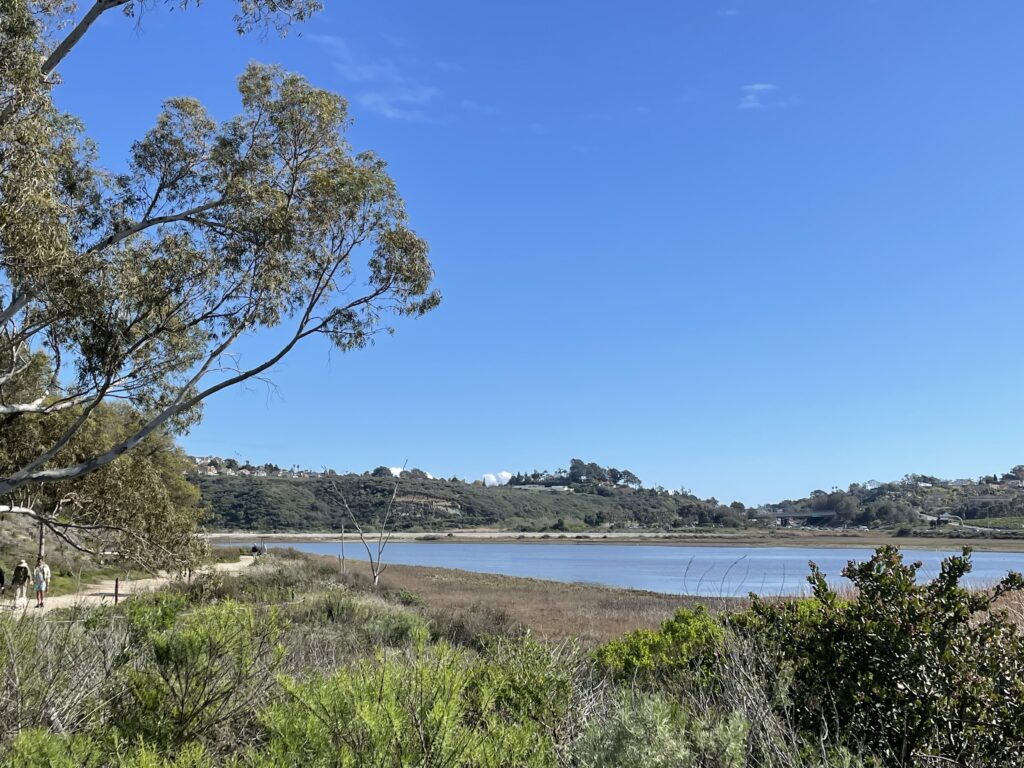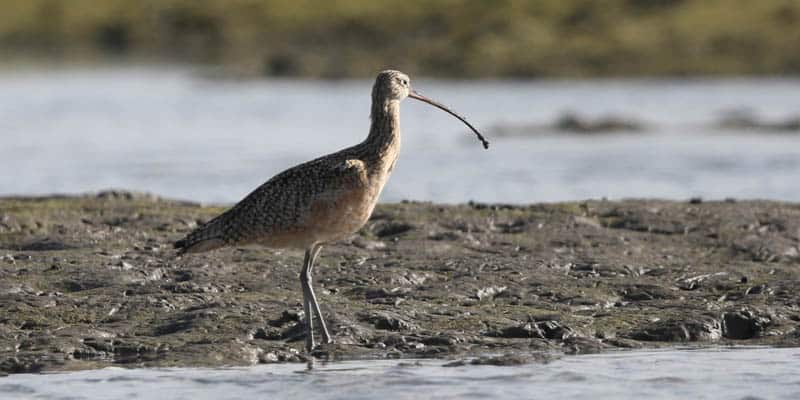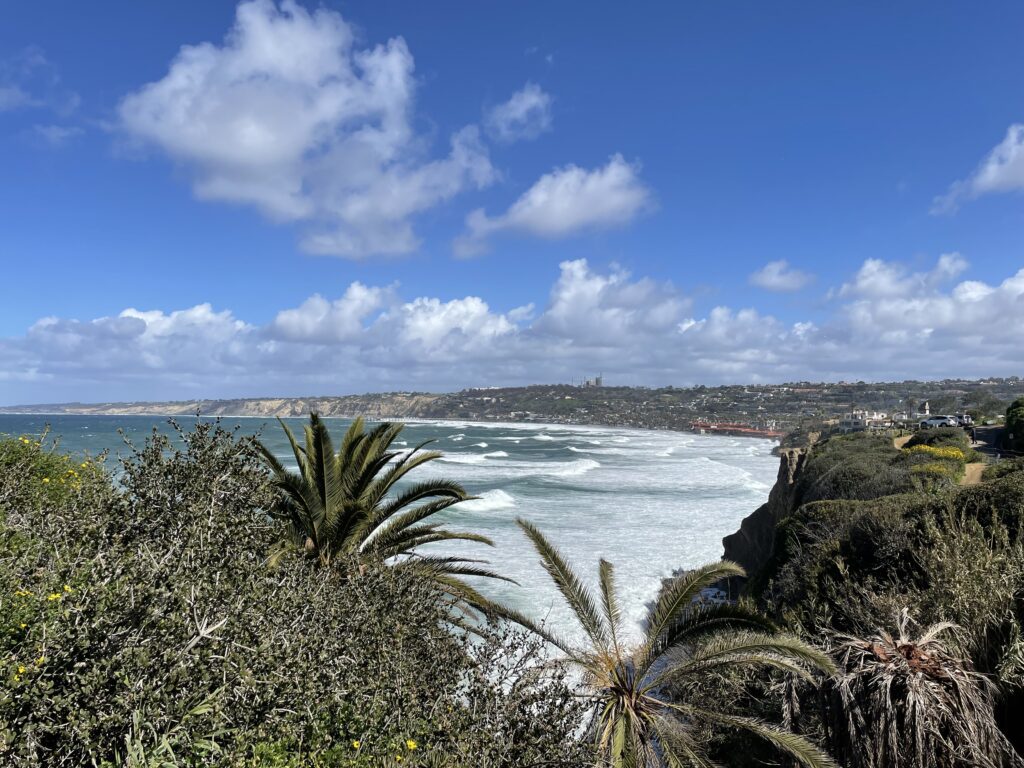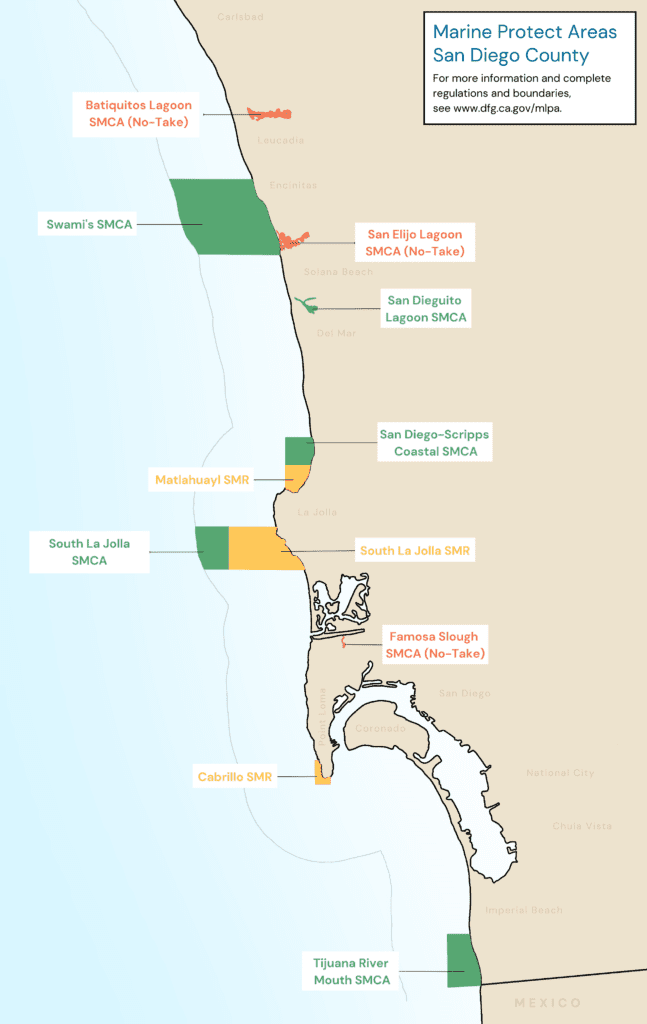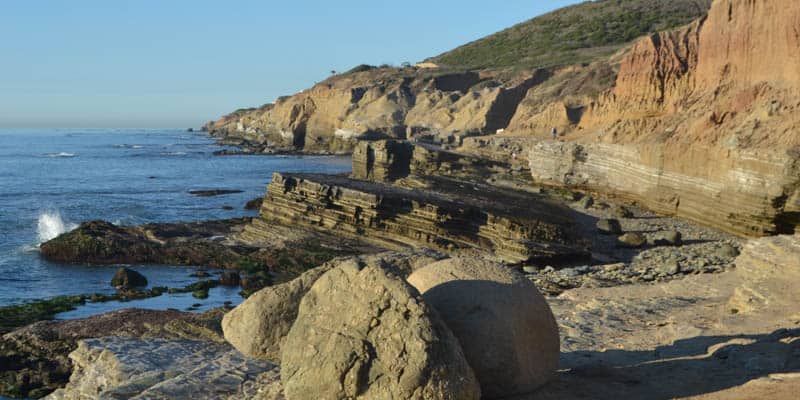Governments and international organizations designate a marine protected area (MPA) to protect wildlife, habitats, and ecosystems. MPAs can range from small areas of a few dozen square miles to large regions covering thousands of miles. They may allow limited activities, such as fishing or boating, or be entirely off-limits for any activity other than research or educational purposes. The goals of MPAs typically include preserving natural habitats, protecting endangered species, sustaining fish populations, and preventing the spread of pollution.
Marine protected areas are essential because they bolster overall ecosystem health and improve the resilience of fisheries by protecting habitats, restricting certain extractive activities, and giving marine life a chance to bounce back after habitat degradation and overfishing. By protecting these areas, endangered species, plants, and ecosystems can start returning to their natural state as they were before human contact. Close to 8 percent of the ocean is designated as an MPA to revitalize suffering ecosystems and conserve what remains. Educators can use these areas to teach future generations and researchers to understand marine life better to combat the climate crisis. MPAs do this by storing carbon, creating spaces for diverse marine life, and conserving important species and habitats.

 Our Accomplishments
Our Accomplishments
 Employment Opportunities
Employment Opportunities




